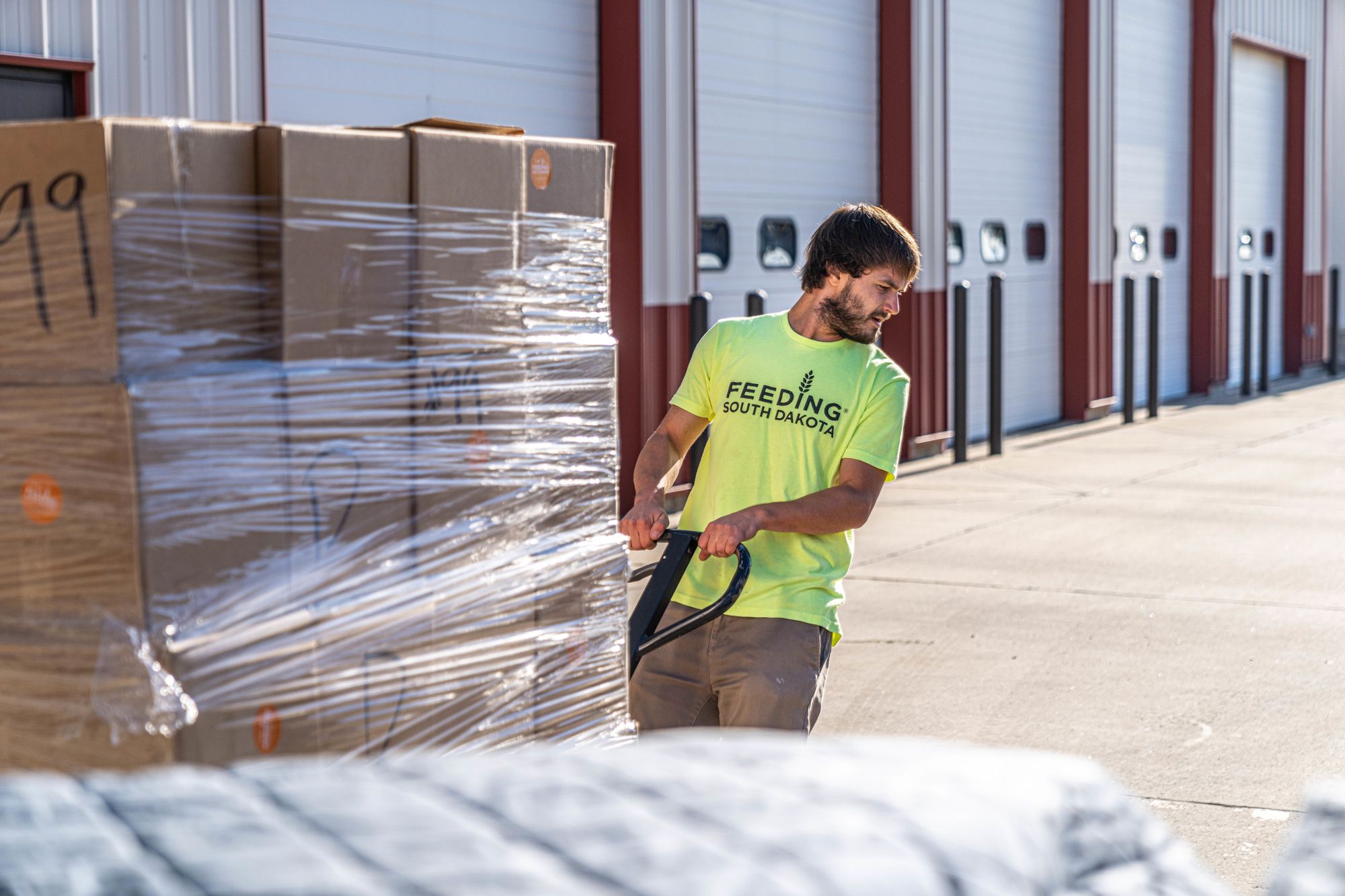Simplified: Supply chain and workforce shortages are hitting local nonprofits, specifically those focused on keeping folks in Sioux Falls and statewide fed.
Why it matters
- The pandemic brought an increase in food insecurity, and more than a year and a half later, Feeding South Dakota is still seeing an elevated need, spokesperson Jennifer Stensaas said.
- But nationally, there aren't enough truck drivers to meet the need to haul food to where it needs to go. That means higher shipping costs and a need to look farther away to source food, Stensaas added.
- Increased costs and shortages in certain items have also had an impact on The Banquet, a Sioux Falls nonprofit providing hot meals for folks who need them. It's meant shifting menus around to work around ingredients that are either too expensive or unavailable.
"It's kind of like putting a puzzle together," Stensaas said. "It isn't impossible. But it's not typical, and we're all still pivoting a bit to make things work."
What's the impact locally?
With both Feeding South Dakota and The Banquet, shipping, rising costs and shortage challenges aren't hitting the people served by the nonprofits, at least not yet.
- Instead, the nonprofits are absorbing the struggles by looking to new parts of the country to source food, for example, or by reworking meals available.
For Feeding South Dakota, workers have had to look as far as the east coast to get food shipments, and that's adding costs.
- Without additional funding and volunteer help, the nonprofit may in the future not being able to distribute as much food per person, for example.
For The Banquet, it'll be a matter of continuing to modify menus to make meals with what they can get and can afford.
"A few months ago, chicken got really expensive for a minute, so we just limited the amount of items in a month that we would serve chicken until the cost came back down," The Banquet's Executive Director Tamera Jerke-Liesinger said.
How can people help?
Time and money.
Both nonprofits need the support of volunteers as well as financial contributions to help offset increasing food and shipping costs.
And as we head into a winter with high gas prices and overall inflation, it's possible the need for food assistance will go up as well, Stensaas said.
"We're just trying to help people not make impossible choices," she added. "We don't want you to have to choose between paying your heat bill and buying food."
Stensaas also doesn't want to see Feeding South Dakota have to make the "impossible choice" of having to cut services.
"We can't do it by ourselves," she said.


